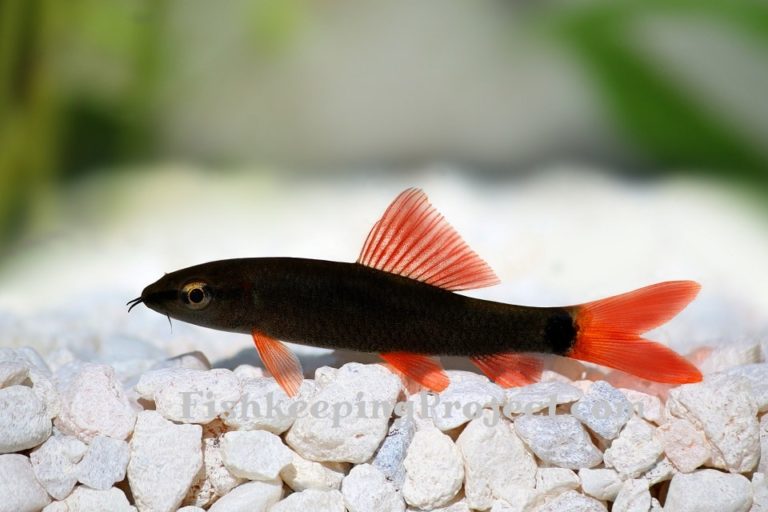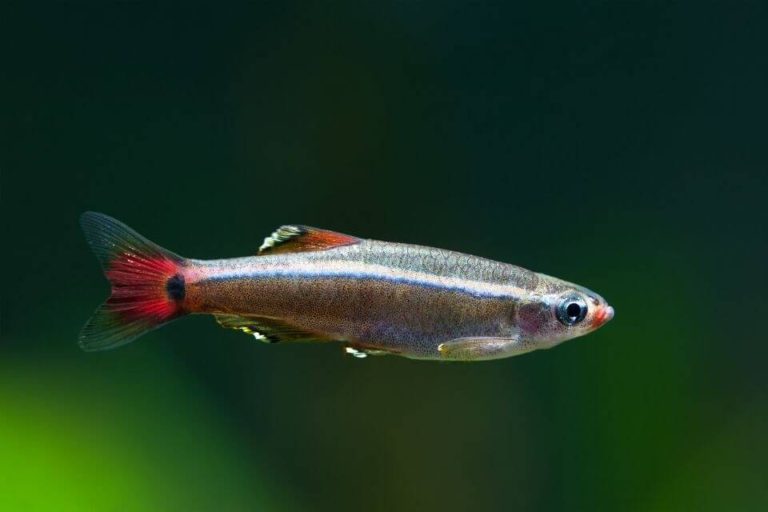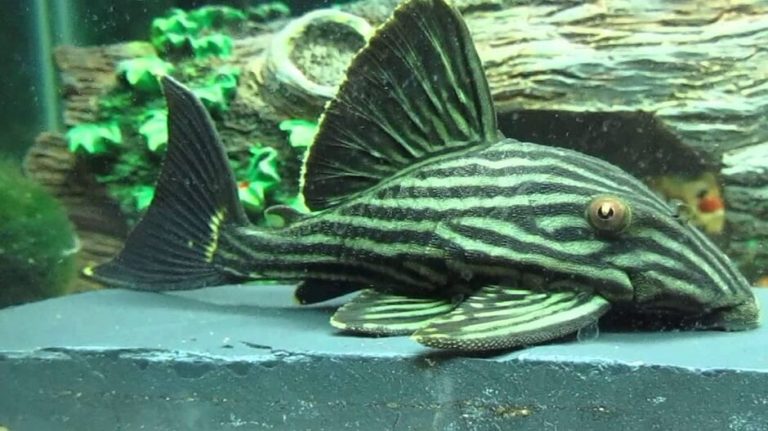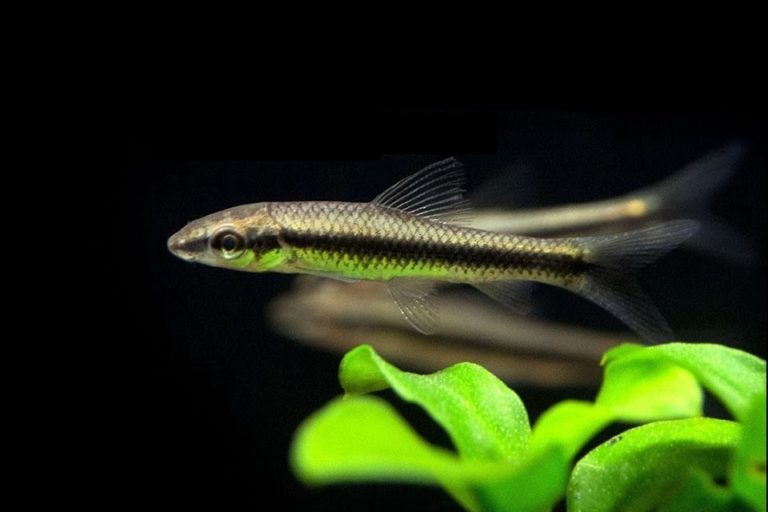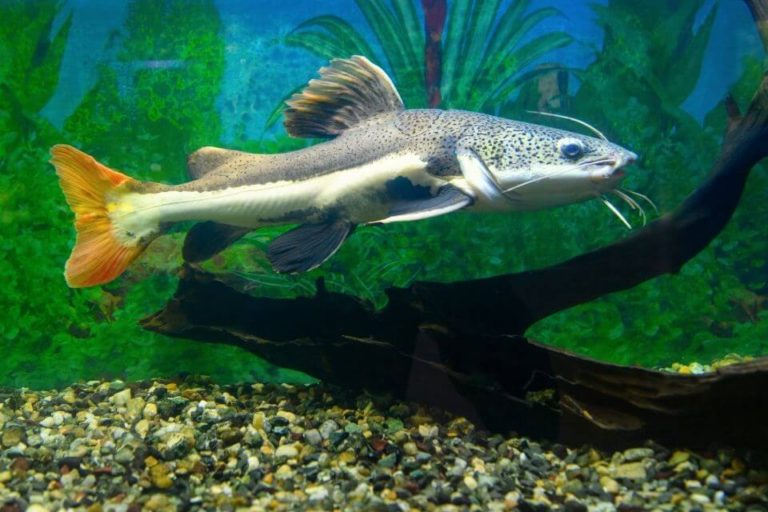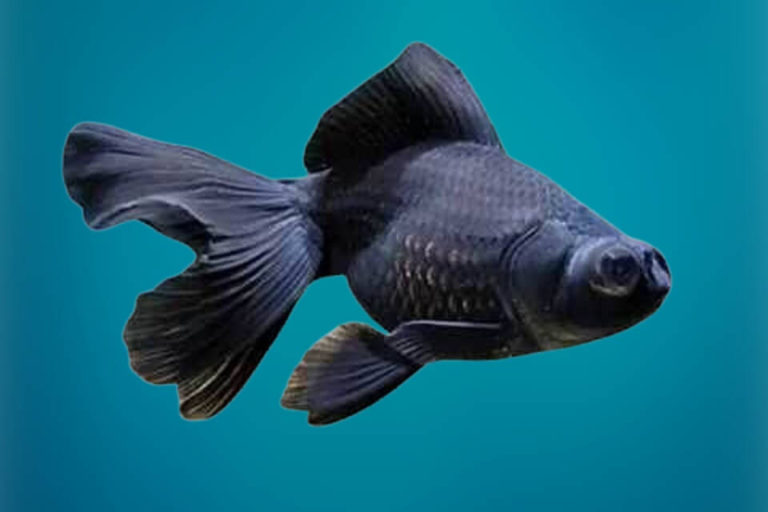Plakat Betta Care 101 – Feeding, Tank Mates, Tank Setup and Breeding
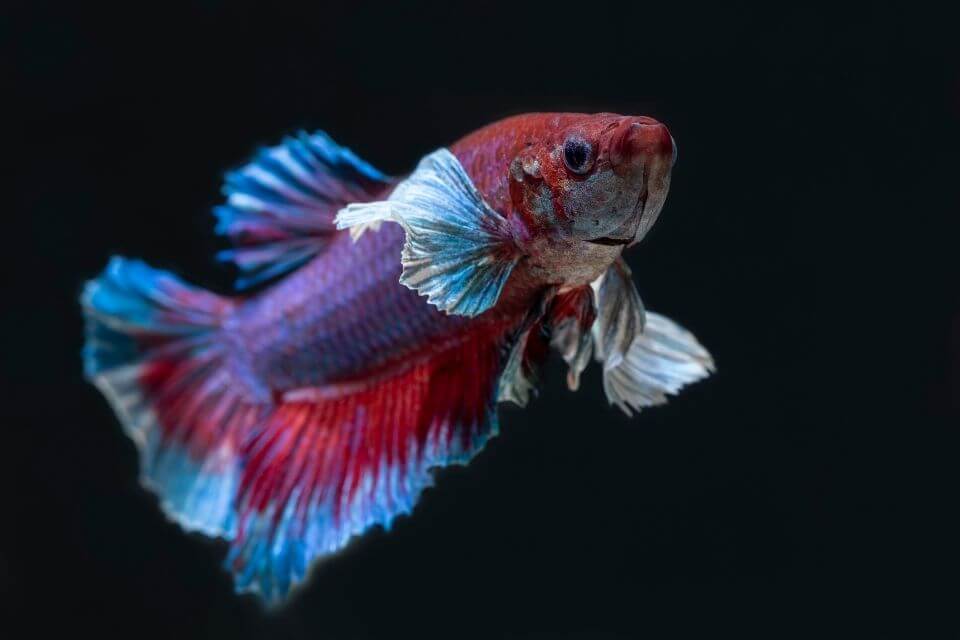
Plakat Bettas are also known as “Dwarf Betta Fish.” These beautiful fish belong to the Betta splendens species. Breeders developed them for better color, shorter fins, and smaller bodies.
They are also commonly called the “Fighting Fish” in the aquarium trade. These freshwater beauties is a one of the favorite addition to an aquarium in your living room.
| Quick Facts: | |
|---|---|
| Common Names | : Plakat Betta, Dwarf Betta Fish, Fighting Fish |
| Origin | : Tropical waters in Thailand and Cambodia |
| Family | : Osphronemidae |
| Scientific Name | : Betta splendens |
| Care Level | : Easy to Medium |
| Temperament | : Aggressive |
| Social | : Community friendly |
| Diet | : Carnivores |
| Size (average) | : 2 to 3 inches |
| Lifespan | : 3 to 5 years |
| Breeding | : Egg layer |
| Minimum Tank Size | : 5 gallons |
| Tank Environment | : Freshwater, Gravel or sandy substrate, Live aquarium plants, Rocks, Caves, and Driftwood |
| Temperature | : 72°F - 82°F (22 - 28 °C) |
| Water Hardness | : 2 - 12 dKH |
| Water pH Level | : 6.0 - 7.5 |
Species Overview
Plakat Bettas are generally friendly and peaceful freshwater fish who get along well with other fish of their species and other community fish. It is more likely that they would hide rather than show aggression towards other tank mates during feeding time.
They need hiding places to stay out of sight during their inactive period. Plakat Bettas are harder than other types of betta, and they can survive in less ideal conditions.
This makes them an excellent choice for beginners who want to keep fish but don’t have a lot of experience or resources. However, it is still best to provide them with the best care possible for optimal health.
Origin And Distribution
Plakat Bettas come from Thailand and Cambodia. They were originally bred as fighting fish by Thai breeders for short fins and small bodies. These traits make them a popular choice for fish fighting, as their smaller size makes them more challenging opponents for other fighters.
Betta fish originate from the warm and nutrient-rich waters of Southeast Asia, where they can be found inhabiting rice paddies, swamps, and slow-moving streams.
There are over 70 known species that vary in coloration depending on their natural environment, with most falling within shades of red, brown, or green.
Bettas have been a popular aquarium fish since their introduction into Europe during the 19th century leading to numerous selectively bred varieties being developed for the home aquarium.
They can now be purchased in a variety of shapes and colors, including true wild-type specimens as well as long-finned, veil-tailed, and butterfly varieties.
Appearance And Colors
Plakat Bettas have a stocky body and short fins. They should not be confused with half-moon or double-tail betta that also have short fins. Their appearance is similar to that of feeder guppies or even their own half-moon betta cousins.

Plakat Bettas come in every color, including red, blue, green, orange, yellow, and more. They may also have metallic colors like silver or purple hues. Their finnage can be short or long.
They are also available in various tail shapes, including Roundtail Betta, Half-moon Betta, Crowntail Betta, and Double Tail Betta.
Plakat Betta Size
Plakat Bettas are generally between 2 inches to 3 inches when fully grown or when their adult size is reached. They have shorter bodies than other types of betta, and their fins are shorter as well.
Plakat Bettas grow more slowly than other types of betta and take longer to reach full size. Females can be distinguished from males by their larger bodies and wider tail base.
Plakat Betta Lifespan
When they are properly taken care of, it is not unusual for Plakat Bettas to live between 3 to 5 years.
Behavior & Temperament
Plakat Bettas are generally docile fish who get along well with others of their own species and other types of community fish. They may hide rather than show aggression towards other tank mates during feeding time.
They can be housed in a community or semi-aggressive aquarium. Plakat Bettas tend to explore the bottom of their tank more than other types of betta fish, who prefer a higher position in the water column.
Because they are active swimmers with a tendency to rest at the bottom of the tank, the level of water in their tank should be deep enough to allow them to swim freely.
Plakat Betta Care
Plakat Bettas are hardier than other types of betta fish and can survive in less-than-ideal conditions. However, providing them with the best care possible will yield the best health and longevity.
Care for Plakat Bettas can be a bit more challenging because they are active swimmers, unlike other types of betta who prefer to remain at the top of the water column or in decorations.
These Betta fish have shorter fins that slow down their swimming speed, making them more exposed to slower-moving tank mates.
– Plakat Betta Tank Size
These Betta species are not as picky about the size of their tanks as other types of Betta. It can be placed in a glass jar that can hold one gallon of water. But it is too small for a single Betta fish to thrive well.
We recommend that it be housed in a tank that is 5 gallons or larger. Be sure to include plenty of decors to rest between periods of swimming. They are active swimmers who enjoy exploring the bottom of the tank, so the aquarium should be at least half-filled with water.
– Plakat Betta Tank Setup
Suitable tank decorations for Plakat Bettas include caves and plants. Live plants may be suitable if you choose hardy varieties like Anubias or Java Ferns. Driftwood is another good option because it helps lower the pH of the water and makes it more acidic.
Bettas like to rest on decorations, so be sure that the rocks or driftwood are wide enough for them to rest on without their tale getting stuck. Plakat Bettas appreciate well-filtered tanks with plenty of currents.
However, care should also be taken not to create too strong a current with the filter.
– Water Conditions And Parameters
- Water Temperature: 72°F – 82°F
- Acidity level: 6.0 – 7.5 pH
- Water Hardness: 2 – 12 dKH
– Suitable Plants
Plakat Bettas can be kept in a tank with live plants, but choose hardy species and will not die from the conditions they prefer. A few suitable options include Anubias or Java Ferns, which also provide shade from the lighting.
– Possible Diseases And Prevention
Plakat Bettas are generally hardy fish that are not prone to diseases that affect other types of betta. However, they can be affected by the same common Betta diseases.
The most common problem is ICH, which appears as white spots on the body and fins. It can be treated with medicated fish food containing malachite green.
Fin rot can also affect Plakat Bettas because the water is not clean enough. Symptoms include redness of the fins and parts of the body and a loss of color in those areas. The first step to treat this problem is to make sure that the tank is properly cycled and that the water is clean.
Diet And Feeding
The biggest challenge in maintaining Plakat Bettas is the proper balance of tank conditions, making it difficult to supplement their diet with live foods. However, it is very important not to overfeed them or give them food that may pollute the water too much, like pond snails.
An all-purpose betta fish food is the best option for Plakat Bettas, and it can even be used to feed them while they are in a separate tank during quarantine. Bettas eat both plants and animals, so any good betta food will also be rich in proteins and provide balanced nutrition.
Plakat Bettas have a carnivorous diet and need plenty of protein to stay healthy. They can be fed pellets or flake food, with occasional supplements of freeze-dried bloodworms or brine shrimp. Live foods like daphnia and mosquito larvae can also be given as treats.
Gender Differences
Plakat Bettas are easy to distinguish since the female has a more rounded abdomen when carrying eggs. Once they become sexually mature, females will develop dark patches at the edge of their dorsal fins.
While not 100 percent conclusive, this can be another sign that you are keeping a female Plakat Betta. The male Plakat Betta has a longer, more pointed dorsal fin and a broader head that is dark in color.
Males will flare their gills and spread their fins to impress females or ward off other males. While this behavior can be seen even in young male bettas, it becomes much more pronounced as they mature.
The differences between male and female bettas are easy to see, even when they are young. A male betta’s fins look like fans or lace, while the females are rounded. Males also tend to be more brightly colored than females of the same age.
Plakat Betta Breeding
Plakat Bettas are not easy to breed and will usually spawn in a separate tank. You much spent some time setting up a breeding tank for them and breeding can be time-consuming.
To induce breeding, the water temperature should be lowered to around 70 °F and then gradually brought back to 77 °F. The male will build a bubble nest at the tank’s surface when he is ready to breed.
After a successful breeding process, you have to separate parents from the fries to avoid been eaten by the parents. For the first week, they will survive with their egg sac and you have provided them powders fish food there after.
Plakat Betta Tank Mates
Plakat Bettas are generally peaceful towards other species, though they may flare when startled or during feeding time. If the tank is large enough, they can be kept with other types of betta, shrimp, snails, and small fish like guppies and mollies.
Also, they might live peacefully with;
How Many Plakat Betta Fish Should Be Kept Together?
When considering how many Plakat Betta to keep together, the general rule is that they should be kept in groups of at least five or six. Anything less than that, and the betta will become stressed and stop eating.
Smaller groups can also be breeding grounds for bullying and harassment, so keeping them in larger numbers is best.
Are Plakat Bettas More Aggressive Than Regular Betta Fish?
Plakat Bettas are one of the more aggressive types of Betta species, but they tend not to be attacking other fish unless they are threatened or startled. In general, Plakat Bettas can coexist with other types of fish as long as the tank is big enough and some plants offer hiding places.
Though Plakats tend to be more aggressive than their counterpart, regular betta fish, many other factors are involved. Examples include tank size, water condition, food type, and availability, etc.
In my experience, I have noticed that female Plakat Bettas seem to be more likely to become fin nippers as they grow older and grumpier as tanks get smaller over time (they are also more likely to be aggressive towards other female Plakat Bettas).
However, if you have a small tank and/or fin nippers, it is best not to keep regular betta fish with them as they will eventually lose their tails or fins. This would simply defeat the purpose of wanting to own a Plakat Betta in the first place.
Though there are instances when certain species of fish can coexist peacefully in smaller tanks, I generally do not recommend it. When space becomes limited, and territory is at stake, your tank mates may become an easy target for the dominant one (which surprisingly would most likely be your female Plakat Bettas rather than male).
If you observe any signs of aggression such as chasing behavior, display, fin nipping, excessive flaring, or chases, it is best to remove the betta from the tank.
Is A Koi Betta And Plakat Betta The Same?
In most cases, a koi betta is a cross between a common Betta fish and a Siamese fighting fish. Because they have a lot of different parents, they come in many shapes and colors. While some resemble their standard cousins more closely than others, most have finnage that falls somewhere between the two parents.
The only difference between a regular betta and a Plakat Betta is that an average-sized female betta will have long, flowing fins, and the male has longer, more colorful fins. The main difference is that the Plakat Betta is much smaller than its cousins with shorter fins.
Just like regular Betta fish, Plakat Bettas are still tropical fish that live in Southeast Asia. They prefer warmer water at around 77 to 81 degrees Fahrenheit (25-27 degrees Celsius) and want to stay close to the surface.
If you have a tank with other tropical fish, make sure that the temperature is around 75 degrees Fahrenheit (24 degrees Celsius).
Water conditions are also important to keep their beautiful colors, so make sure to test your water before introducing them. Ensure the water has an acceptable pH level, good filtration, and isn’t too hard or soft. You can use a substrate of gravel. And lastly, don’t overfeed your fish.
When it comes to Plakat Betta care, they are no different than regular Bettas fish care. They’re easy to care for and don’t need anything special. Just make sure that you provide them with a suitable tank filled with the right water conditions, temperature, pH level, etc.
Do Plakat Bettas Get Fin Rot?
Plakat Bettas are more prone to getting fin rot, though it is rare for them to lose all their fins at once. Because they are small, even a mild case of fin rot can become severe if left unchecked.
Their fins are also more delicate than those on other types of betta fish, so it is important to be gentle when netting them or moving their tank.
Are Plakat Betta Fin Nippers?
Plakat Bettas are not known for being fin nippers, but they may still bite out of fear or boredom. When one group member becomes sick, the others will try to pick at the diseased areas and spread the infection further.
This behavior can be corrected by keeping healthy fish together in larger groups, but some Plakat Bettas may always be fin nippers.
How Much Will It Cost For A Plakat Betta Fish?
The price of a Plakat Betta can vary widely, depending on the store and the breeder. Most pet stores do not carry this type of fish, so they are usually bought from other breeders or private sellers online or through classified ads.
Prices range from $5 for wild-caught specimens to more than $25 for specially bred or rare colors.
What Is Halfmoon Plakat Betta?
A Halfmoon Plakat Betta is a specific type of Plakat.
Here are the basics:
A Halfmoon has a tail that looks long and almost round. It may also be referred to as an “HM Plakat.”
The body should be slightly elongated, slightly oval, or pear-shaped at its widest parts. The width from front to back should still only be about one-third to one-half of what it should be from side to side.
Both ends of this rounded part will have twin tails that should sit next to each other. When viewed from the top, this can look like a very flat version of a regular Betta fish’s body shape.
Plakats and Halfmoons can be interbred. A Halfmoon Plakat Betta is a type of Plakat where the edges and extensions of the tail fin spread out, making it almost round or teardrop-shaped. Plakat Bettas which lack long fins and tail extensions are sometimes referred to as “short-tailed” varieties.
Double-tailed varieties like Full-finned Plakats, Delta tails, and Veiltails have a broad base that spreads into long flowing fins; these can be called “long-tailed” varieties because they’re mostly/all covered in long fins and tail extensions.
Halfmoon lacks all but small edge and extension details at their fullest parts of their rounded caudal (tail) fin areas.
Plaats might have little or no edge or extension detail at the caudal area; half-moons will be more rounded and have a thicker edge/tail extension area, but not as much as double-tailed varieties.
Closing Thoughts
Plakat Bettas are some of the hardiest types of betta fish and make great pets for beginners and veterans alike. They only grow to around 2 to 3 inches in length, so they don’t require a huge tank or tons of space like other species.
However, it is still important to research different breeds before purchasing one to ensure compatibility with other fish. If you’re ready to bring Plakat Betta home, be sure to check out our blog for more useful information.


